Reprogramming Cancer Cell Death: A New Immune-Based Strategy for Blood Cancers
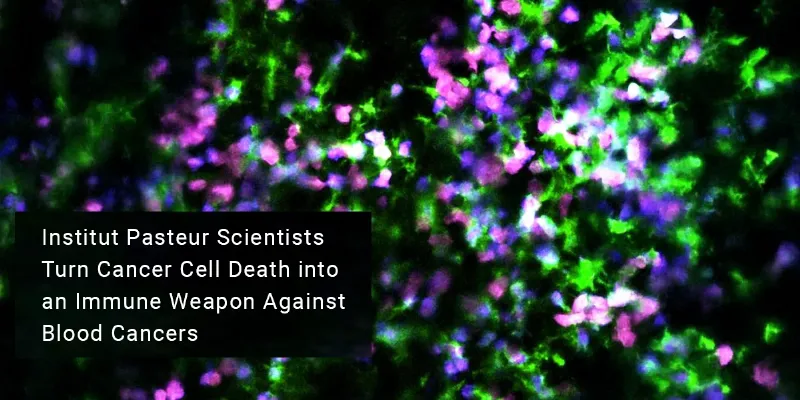
12 October 2025
A new study published in Science Advances reveals a groundbreaking approach that makes cancer cells turn against themselves by reprogramming how they die. Scientists at the Institut Pasteur and Inserm discovered that combining a SMAC mimetic, a caspase inhibitor, and type I interferon can transform silent apoptosis into immune-activating necroptosis—leading to complete leukemia elimination and strong T-cell activation in preclinical models, paving the way for new therapies in resistant blood cancers.
At the center of this discovery lies RIPK3, a protein that determines how cells die. Depending on the cellular context, RIPK3 can initiate either apoptosis, a silent and orderly form of death, or necroptosis, an inflammatory process that alerts the immune system. Unlike apoptosis, necroptosis releases molecules that activate immune cells—effectively turning dying cancer cells into their own vaccines.
Yet B-cell malignancies have proven unusually resistant to this immunogenic form of death. The team, found that malignant B cells show limited expression of MLKL, a protein essential for executing necroptosis. As a result, when researchers activated RIPK3 directly, the cells died quietly through apoptosis—without triggering immune activation.
To overcome this barrier, the scientists designed a three-pronged therapy that redirected RIPK3 signaling toward necroptosis. The regimen combined a SMAC mimetic (birinapant) to antagonize IAP proteins and engage RIPK1–RIPK3 signaling, a caspase inhibitor (emricasan) to block apoptosis, and type I interferon (IFN) to boost MLKL expression. Together, these drugs reprogrammed the cancer cell death pathway. In preclinical mouse models, the “triple therapy” achieved complete leukemia clearance and potent T-cell–mediated control of B-cell tumors.
Using state-of-the-art intravital microscopy, the researchers visualized in real time how tumor cells died and how macrophages swiftly engulfed them. Interestingly, necroptotic cells did not persist long, suggesting that the inflammatory impact of necroptosis depends not only on the death mechanism but also on how quickly immune cells clear dying cells.
Crucially, the triple therapy was ineffective in immunodeficient mice, confirming that the immune system—not just direct cytotoxicity—was essential for tumor control. This link between programmed cell death and immune activation may explain the previously puzzling benefits of type I IFNs in some blood cancers, such as multiple myeloma.
"This novel immunotherapy strategy, successfully tested in preclinical models, turns tumor cells into triggers for the immune system, pointing to a potential therapeutic avenue for certain cancers, such as lymphomas or leukemias affecting B cells," said Dr. Philippe Bousso, Inserm Research Director, Head of the Institut Pasteur's Dynamics of Immune Responses Unit and last author of the article. “By changing the way cancer cells die, we can harness the support of our immune system to fight against the tumor.”
While still in the preclinical stage, the findings open a compelling therapeutic avenue. By “rewiring” cell death through the RIPK3 pathway, researchers demonstrated that it is possible to convert inert tumor cells into immune-stimulating entities.
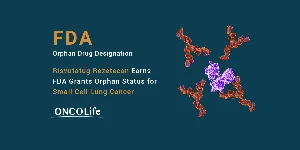


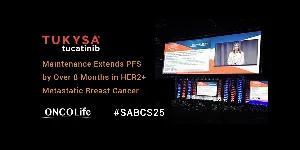

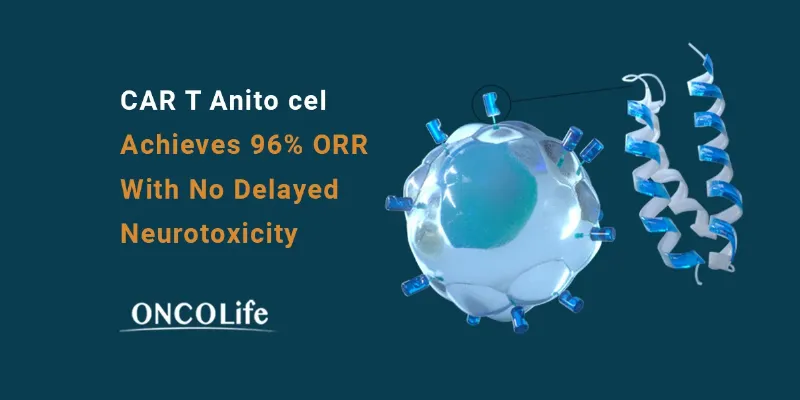
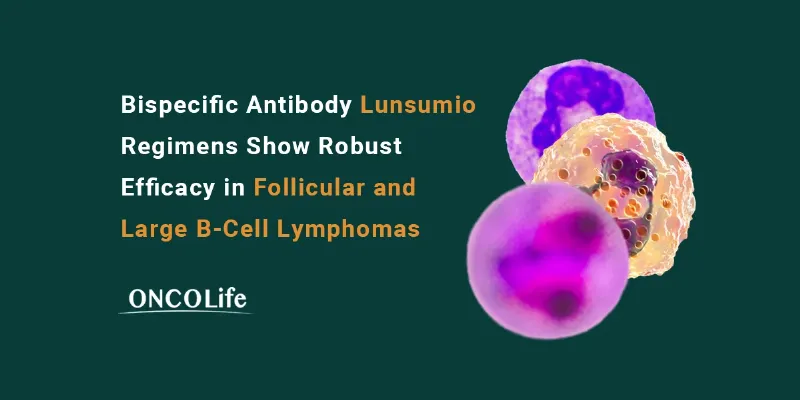
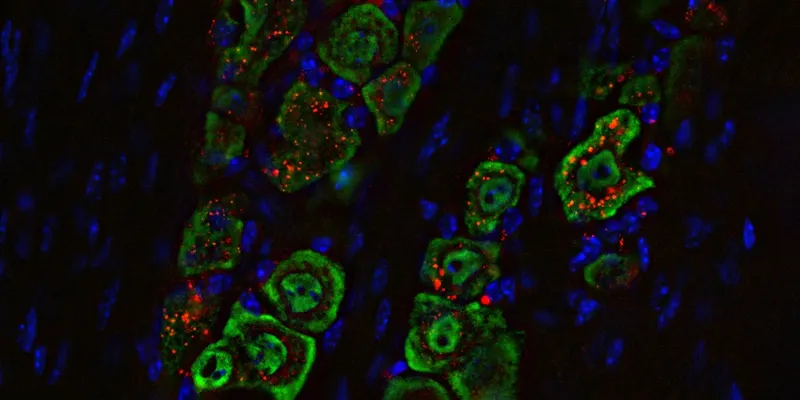
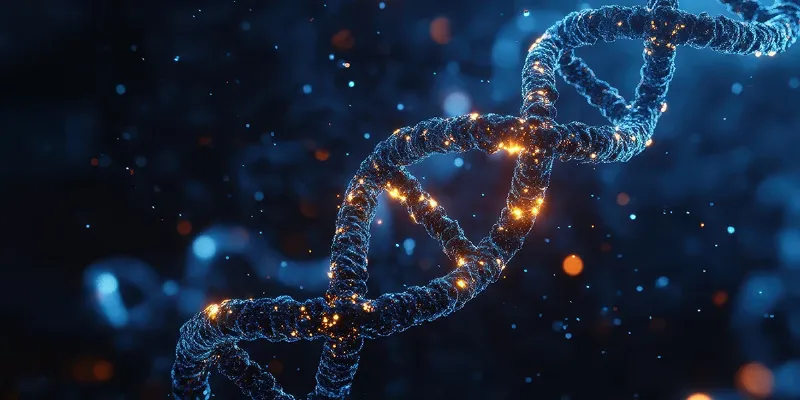

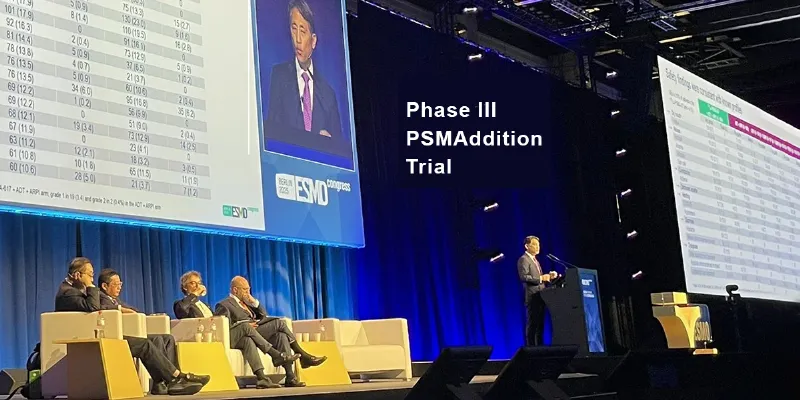
Comments
No Comments Yet!